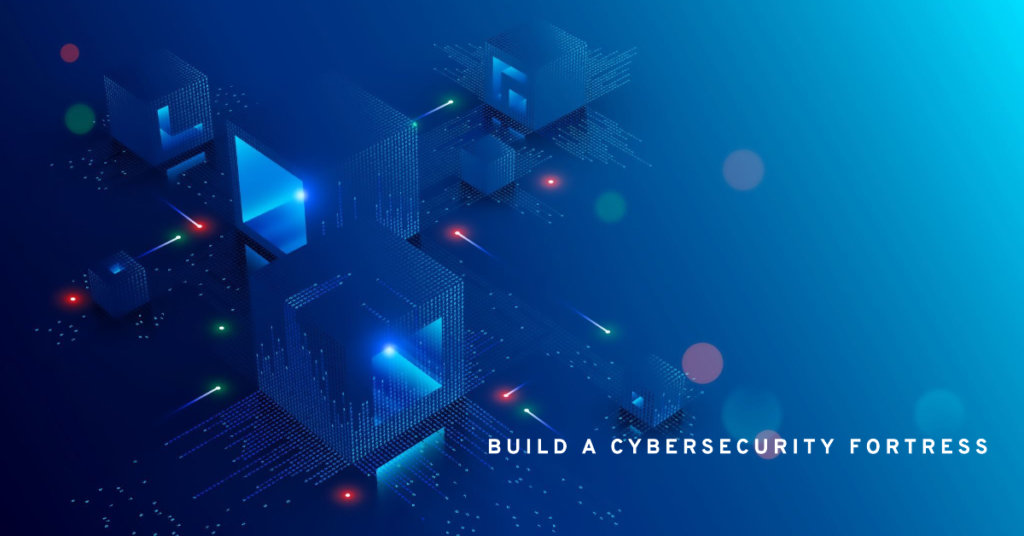In the midst of a relentless barrage of cyberattacks, chief information security officers (CISOs) are determined guardians, responsible for fortifying their organizations against ever-evolving threats. Breaches can cause devastating financial losses, undermine consumer confidence, and disrupt business operations. The constant pressure to build impenetrable defenses requires a strategic and holistic approach. In this article, CISOs explore practical insights to help build a fortress-like cybersecurity posture that protects every corner of the company.
Breaches can cause devastating financial losses, undermine consumer confidence, and disrupt business operations.
The foundation of a strong defense is a robust cybersecurity framework. Frameworks such as the NIST Cybersecurity Framework (CSF) and MITER ATT&CK provide structured approaches to identify, prevent, detect, respond to, and recover from cyberattacks (National Institute of Standards and Technology (NIST)). 2023; MITER ATT&CK, 2024)). It provides a standardized roadmap for CISOs to prioritize security controls, measure effectiveness, and continuously improve their security posture.
Beyond the framework, a layered security approach strengthens your overall defense. Imagine a medieval castle. The outer walls serve as the first line of defense, followed by a moat, drawbridge, and heavily fortified inner castle tower. CISOs can emulate this by implementing firewalls, intrusion detection/prevention systems (IDS/IPS), and data encryption as external walls. Network segmentation acts as a moat, separating critical systems and impeding lateral movement by attackers. Multi-factor authentication (MFA) acts as a drawbridge, adding an extra layer of security before allowing access. Finally, a robust incident response plan acts as an internal bulwark, allowing for rapid containment, eradication, and recovery in the event of a breach (ISO, 2022).
The human element remains important, but often underestimated. Employees are the front-line soldiers in the cybersecurity battle. Fostering a culture of security awareness empowers employees to identify and report suspicious activity. Engaging security awareness training programs that go beyond classroom instruction and incorporate real-world scenarios and simulations are essential to changing behavior (CIS, 2024). Regular phishing simulations can further test employee readiness and identify areas for improvement.
Technology is a powerful weapon for CISOs, but without a skilled security team, its effectiveness is diminished. Investing in building a high-performing security team is paramount. This includes attracting top talent by offering competitive salaries, fostering a culture of continuous learning, and providing professional development opportunities (PwC, 2024). Fostering a diverse and inclusive security team environment leverages a broader range of perspectives and experiences, resulting in more robust security solutions (McKinsey, 2020).
The security environment is constantly evolving, requiring constant vigilance and adaptation. Threat intelligence plays a key role in staying ahead of the curve. CISOs must leverage threat intelligence feeds, collaborate with industry peers, and maintain open communication channels with law enforcement to gain insight into emerging threats and adjust defenses accordingly ( CISA, 2023).
Building a strong company-wide defense is not a sprint. It's a marathon. By implementing a robust cybersecurity framework, taking a multi-layered security approach, empowering employees, building skilled teams, leveraging threat intelligence, and fostering a culture of continuous improvement, CISOs can turn their organizations into cybersecurity fortresses. can withstand the most intense cyberattacks and protect sensitive information. Data, brand reputation, and financial health.
[1] Internet Security Center (CIS). (2024). Security awareness and skills training.
[2] Cybersecurity and Infrastructure Security Agency (CISA). (2023). Threat Intelligence.
[3] International Organization for Standardization (ISO). (2022). ISO 27001:2013 — Information Security Management System.
[4] Miter attack. (2024). ATT&CK Knowledge Base.
[5] National Institute of Standards and Technology (NIST). (2023). Cybersecurity framework.
[6] PwC. (2024). Insights into global digital trust.
[7] McKinsey & Company. (2020). Diversity is important. It's even more important when you consider the overall impact.


